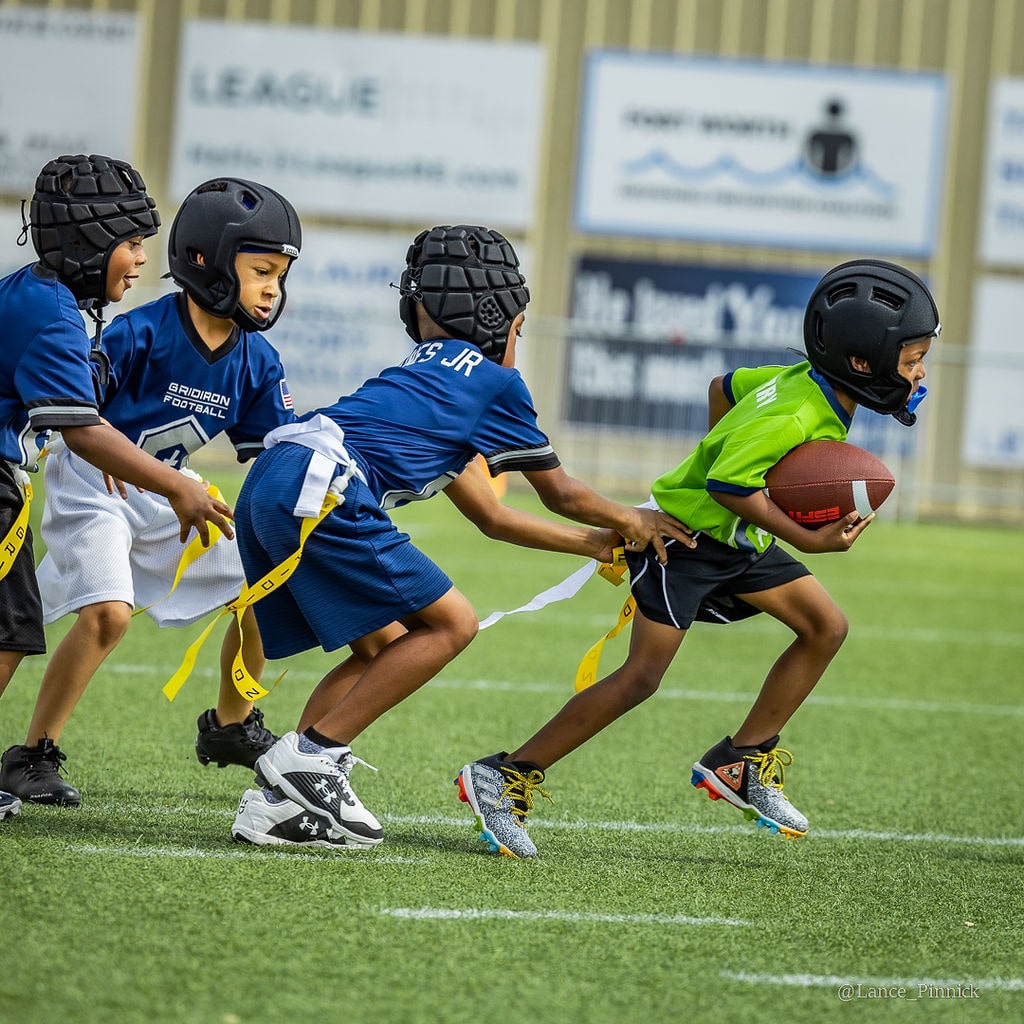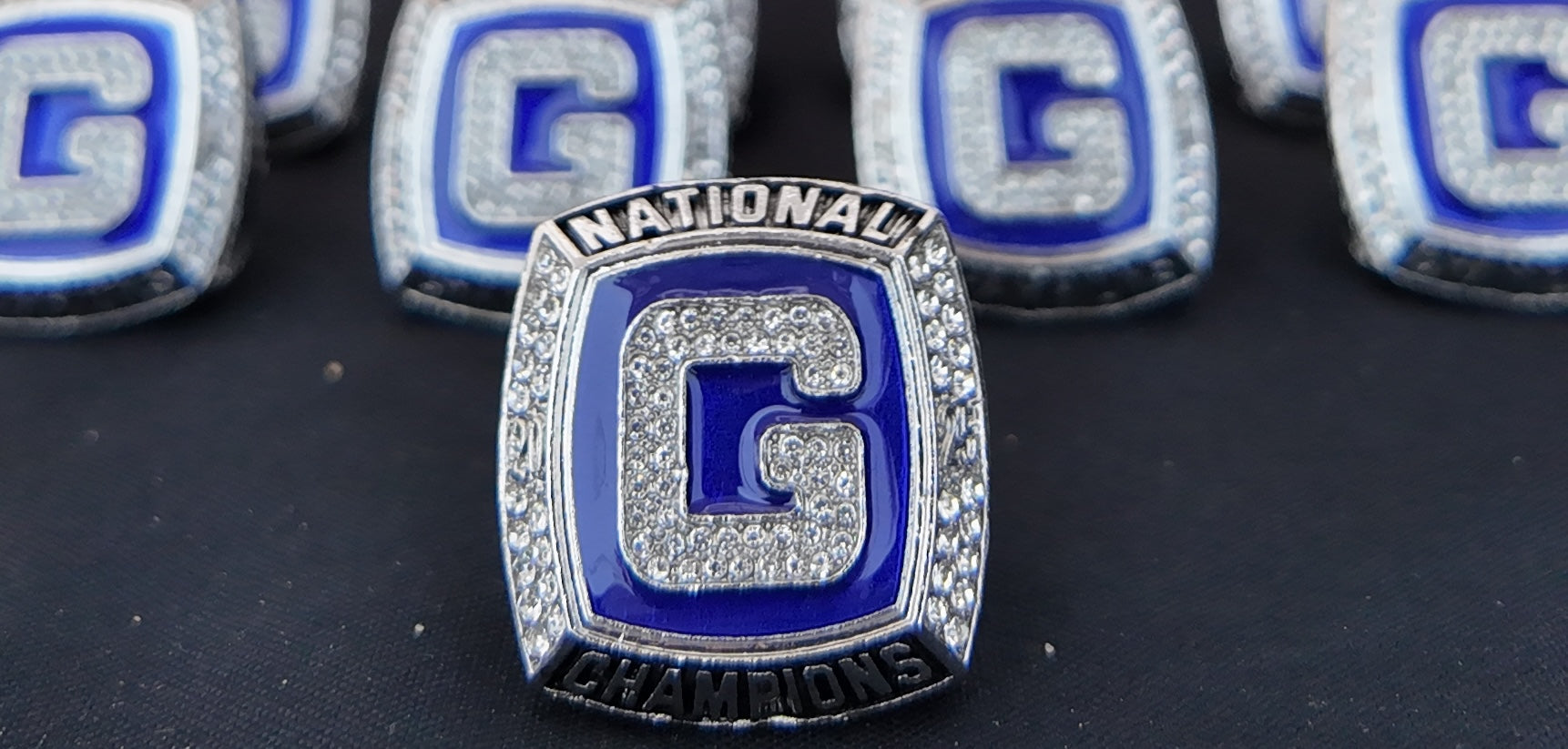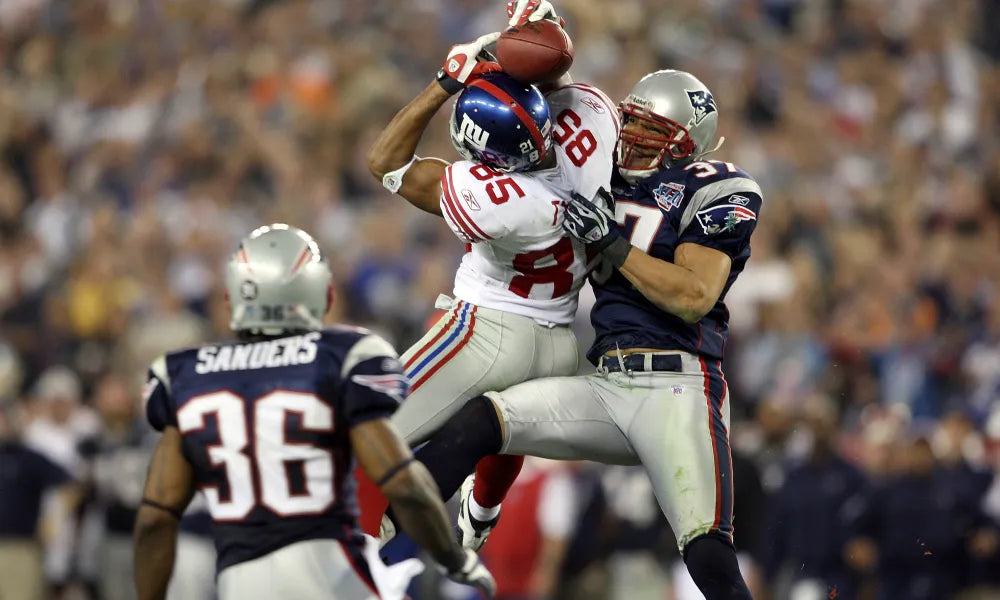A physics teacher explains the difference between speed and acceleration, but don't worry...you don't need a calculator.
The foundation of sports techniques are based in what works on the field. Physics is the science of how things work. Therefore, your experience as a coach/parent is intertwined with science. On the field of the gridiron and in the field of physics, there is a very clear distinction between “speed” and “acceleration”.
Let’s talk Speed.
SPEED is how fast you are moving. It is like your fastest average run. For example, picture someone running the 40 yard dash or Tyreek Hill tearing down the sideline!
ACCELERATION is how quickly you can CHANGE your motion. There are 3 ways to do this: you can increase it (speed up), decrease it (slow down), or change the direction. In other words, you can “take off”, “stop on a dime”, or “juke” people out of their socks. (or as the kids say, “catching ankles”)
Which is more valuable?
Let's look at 2 scenarios:
SCENARIO #1: It’s the end of the game. There are 3 seconds left. Your team is down 5 and you’re going to run a fly route (straight up field towards the end zone) in the hopes of catching a “hail mary” pass in the end zone and win the game for your team, thereby making you the stuff of legend!
More valuable? Speed because you are not worried about changing motion, you just want to go really far and really fast.
SCENARIO #2: It’s the start of the Super Bowl. You have dreamed of this day since you were a kid and it has finally arrived! You’re set to receive the kick. The crowd roars. The kick is in the air. Excitement fills your guts. You catch the ball and you’re off to the races!
More valuable? Acceleration because you need to be able to speed up, slow down, and change direction quickly to avoid being tackled (or losing your flag).
What about positions?
Clearly, the situation matters: but how does the physics relate to different positions?
What do you think? Do you need your linemen to have the speed of your receivers? Do you need the receivers to have the acceleration of your running backs? Different positions on the field have different needs and putting all this together is what leads to success on the gridiron.
Conclusion:
Well, of course, it would be great to have both, (Tyreek Hill) and you should always strive to improve, but understanding the specific needs for your position and the situational advantages of these different attributes can change your entire game and season.
As a Gridiron Football coach, you can use the strengths of your players to put them in the right positions to make your team successful. You can implement training drills focused on improving acceleration to give your players that boost they need to outpace the competition.
As a Gridiron Football player, you can train to improve your weaknesses and exploit your strengths on the field. It is important to note that, although these physical abilities do overlap, you physically develop them in different ways [future article] which will affect your training.
Interested in accelerating your own training? Check out the Gridiron X NFA Camp Series for training events by top-tier coaching staff happening across the nation this Spring and Summer.

FINAL QUESTION! In school we call these “exit tickets”. It’s how the instructor determines if you learned what you were supposed to. Sometimes these provide a thought-filled challenge to the student and the teacher is not interested in your answer as much as your thinking.
So, here’s yours: You only have 10 yards to go. You can only have one or the other. Do you want to have the speed to cover the ground quickly? Or the acceleration to get up to your maximum speed quicker?
Leave your thoughts on our “exit ticket” in the comments!
Your physics teacher isn't the only one relating physics to football:
Here is clip from Super Bowl Sunday of former NFL quarterback, Matt Hasselbeck, using physics to make a point!
Did he just drop a physics metaphor on 'em?! YES HE DID! Shout out to @Hasselbeck #physics #SuperBowl pic.twitter.com/PICiLtwPet
— Rouk Physics (@RoukPhysics) February 13, 2022




Share:
A Message to Parents and Coaches
College Station to Host Gridiron's National 7v7 Tournament